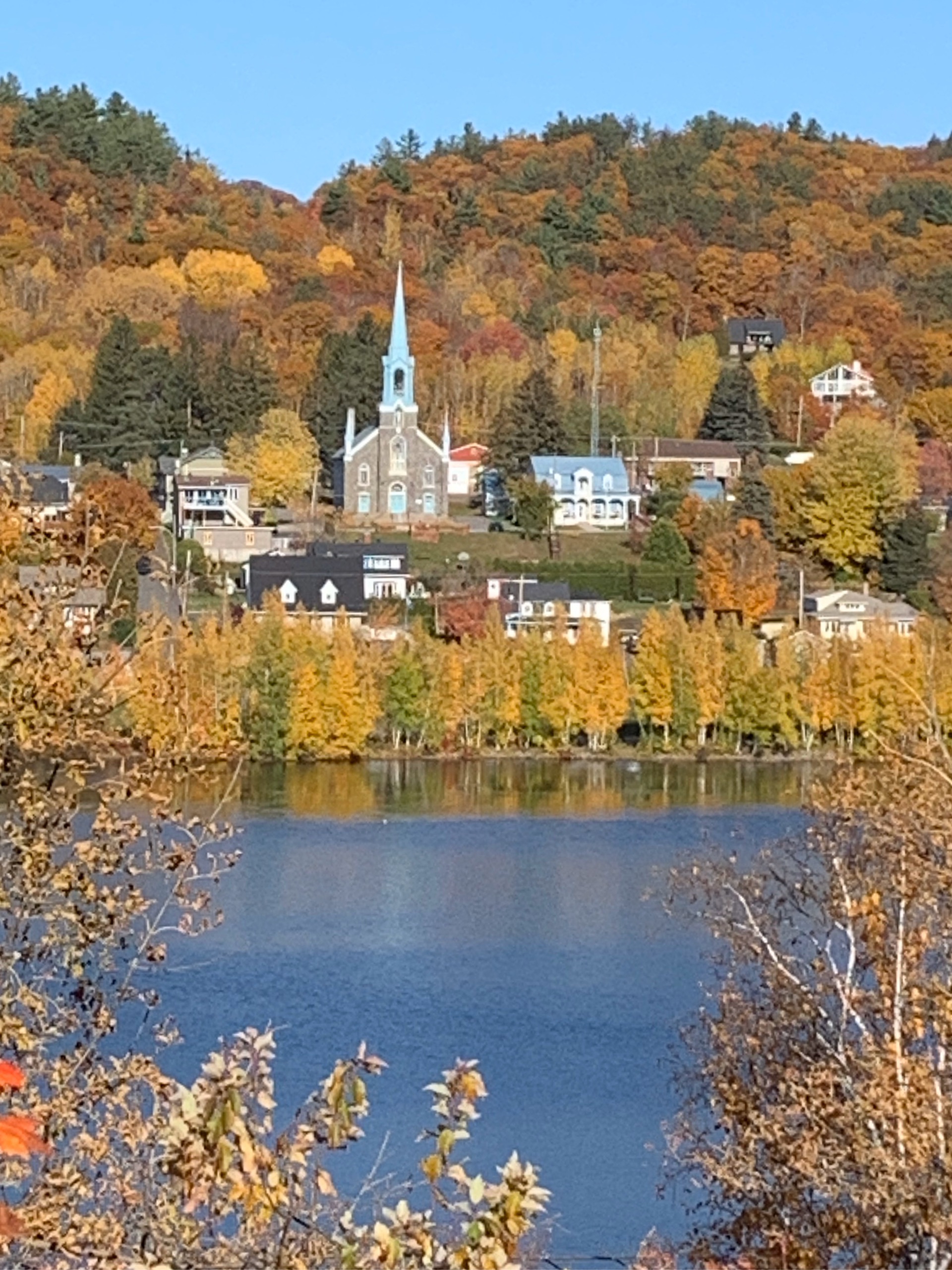Global Travel Information
Pilanesberg National Park, South Africa
The Living Tapestry of Pilanesberg: South Africa’s Volcanic Eden
Rising from the sun-baked plains of South Africa’s North West Province, the Pilanesberg National Park is more than a wildlife sanctuary; it is a monumental story written in rock, life, and resilience. Unlike the iconic Kruger, carved from ancient, linear landscapes, the Pilanesberg is a place of circles—a geological oddity and a breathtakingly beautiful testament to rebirth. It is a world within a world, a self-contained ecosystem thriving within the crater of a long-extinct volcano, offering a microcosm of African wilderness that is both intimate and profoundly wild.
The park’s most defining feature is its origin. The Pilanesberg Alkaline Ring Complex is the crater of a volcano that erupted over 1.3 billion years ago. Time and erosion have stripped away the cone, leaving behind a series of concentric rings of hills that form natural barriers. These rings are not just scenic; they are the park’s architect. From space, the structure is a near-perfect circle, a dramatic bullseye visible from orbit. This unique geology creates a stunning diversity of landscapes within a relatively compact 550 square kilometers. Driving its roads, one transitions rapidly from open savannah and rolling grasslands, where herds gather under a vast blue sky, to dense thickets and rocky outcrops that hide their more secretive inhabitants. At the heart of it all lies Mankwe Dam, a life-giving reservoir that acts as a stage for the park’s daily drama, reflecting the surrounding hills and the creatures that come to drink from its shores.
This geological stage hosts a cast of characters that reads like a who’s who of African megafauna. The “Big Five”—lion, leopard, rhinoceros (both black and white), elephant, and Cape buffalo—are all present and thriving. A sighting here feels uniquely personal. Watching a breeding herd of elephants, their wrinkled hides dusted with red earth, ambling through a valley between the concentric rings is to witness timeless Africa in a uniquely framed setting. The deep, guttural rumble of a lion pride, communicating across the hills as the sun sets, is a sound that vibrates deep in the soul.
But the magic of Pilanesberg extends far beyond its most famous residents. It is a park of rich details and surprising encounters. Towering giraffes browse on acacia trees, their movements impossibly graceful. Herds of sleek zebra, their stripes a confusing dazzle in the sunlight, mingle with regiments of impala, ever-watchful for predators. The haunting cry of a fish eagle over Mankwe Dam is answered by the grunt of hippos submerged in the water. Scavengers like the sharp-eyed lappet-faced vulture circle overhead, while on the ground, the comical waddle of a banded mongoose family provides a moment of light relief. The park is also a stronghold for rare and endangered species, including the elusive brown hyena and the critically endangered African wild dog, whose playful, chaotic energy is a privilege to witness.
The existence of this teeming wildlife haven is a modern miracle. For centuries, the land was used for subsistence farming, and much of the native game was hunted out. The transformation began in 1979 with Operation Genesis, one of the most ambitious translocation projects ever undertaken. In a monumental effort, over 6,000 animals of 19 different species were reintroduced to the area, which was then proclaimed a national park. This was not merely a conservation project; it was an act of restoration, of healing a landscape and returning its rightful owners. The project also provided much-needed employment and economic opportunity for local communities, weaving the park’s future into the fabric of the region’s wellbeing. Today, Pilanesberg stands as a shining example of successful conservation, a place where nature has been given a second chance and has flourished magnificently.
A journey through Pilanesberg is a multi-sensory experience. The best times are the golden hours of dawn and dusk, when the light is soft, the heat is bearable, and the animals are most active. The air is thick with the scent of dust and wild sage. The silence of a midday stop is broken only by the buzz of insects and the call of birds—over 360 species have been recorded here, from the dazzling lilac-breasted roller to the massive ground hornbill. Self-driving allows for freedom and solitude, the thrill of discovering a hidden leopard in a marula tree entirely on one’s own. For a deeper understanding, guided game drives in open vehicles, led by knowledgeable guides who can read the bush like a book, offer unparalleled insights into the intricate connections within this ecosystem.

Pilanesberg’s location, nestled within the Bojanala Platinum District and a mere two and a half hours from Johannesburg, makes it uniquely accessible. It requires no multi-day journey, offering a complete and profound wilderness experience within reach of the urban hustle. It is a gateway, not just geographically, but spiritually—a gateway into the heart of wild Africa.
To visit Pilanesberg is to walk through a landscape of profound contrasts. It is the raw power of a black rhino standing its ground against the gentle grace of a drinking kudu. It is the billion-year-old silence of the volcanic rocks against the immediate, piercing call of a fish eagle. It is a story of loss and recovery, of human will bending towards restoration instead of destruction. It is a living tapestry, woven from ancient geology, resilient ecosystems, and the timeless drama of life and survival. In its concentric circles, one finds a perfect, self-contained world—a volcanic Eden that continues to breathe, roar, and thrive.
相关文章
- Elbe River Amusement Parks: Rides with River Views
- Elbe River Camping Spots: Pitch a Tent by the Water
- Elbe River Glamping Sites: Luxury Camping Along the Banks
- Elbe River RV Parks: Stay in Your Camper Near the River
- Elbe River B&Bs: Cozy Accommodations with a Personal Touch
- Elbe River Hostels: Budget Stays for Young Travelers
- Elbe River Business Travel Guide: Meetings & Events Near the Water
- Elbe River Conference Venues: Spaces with River Views
- Elbe River Wedding Venues: Tie the Knot by the Water
- Elbe River Funeral Services: Respectful Locations Along the Banks
发表评论
评论列表
- 这篇文章还没有收到评论,赶紧来抢沙发吧~


